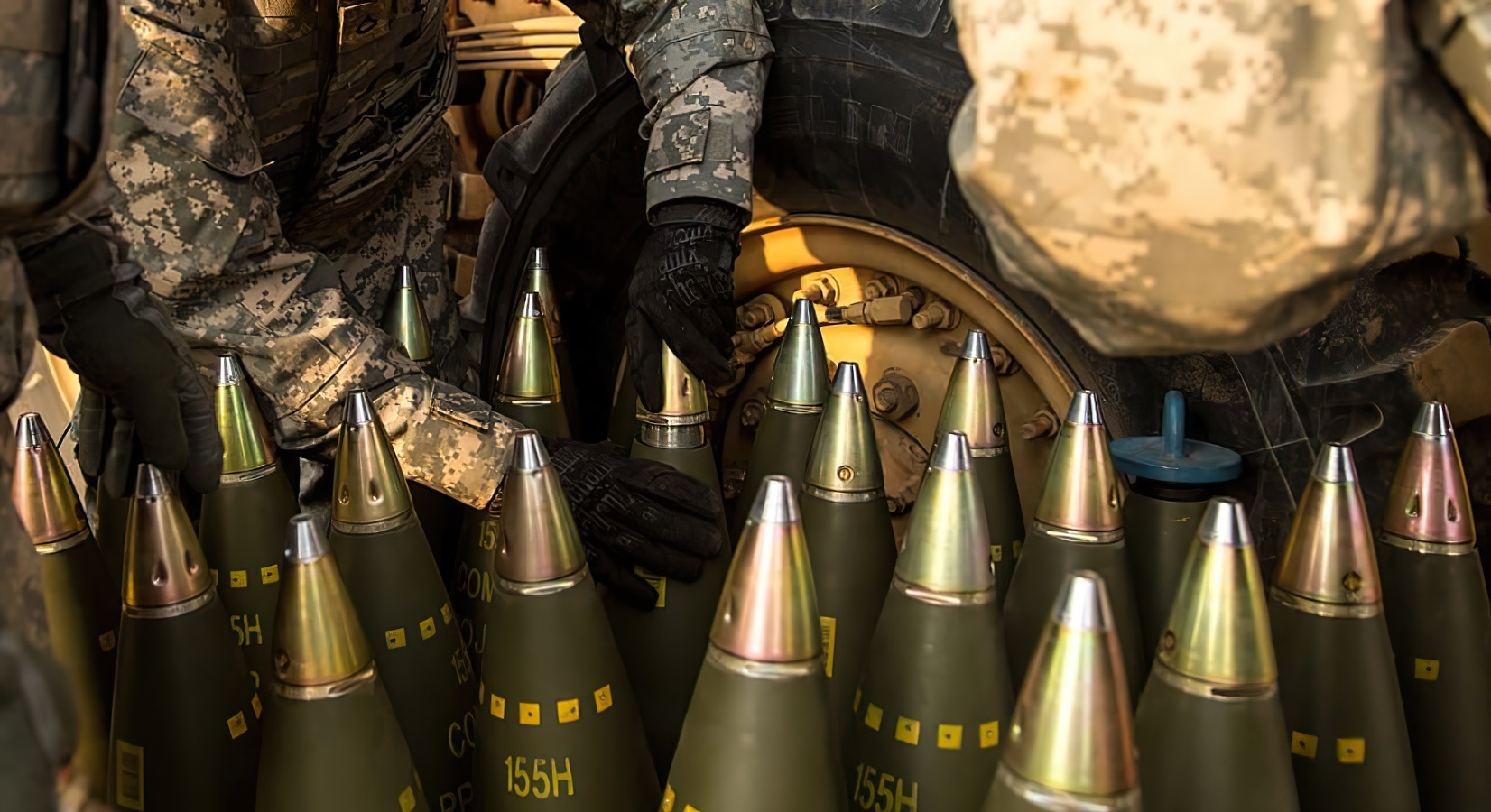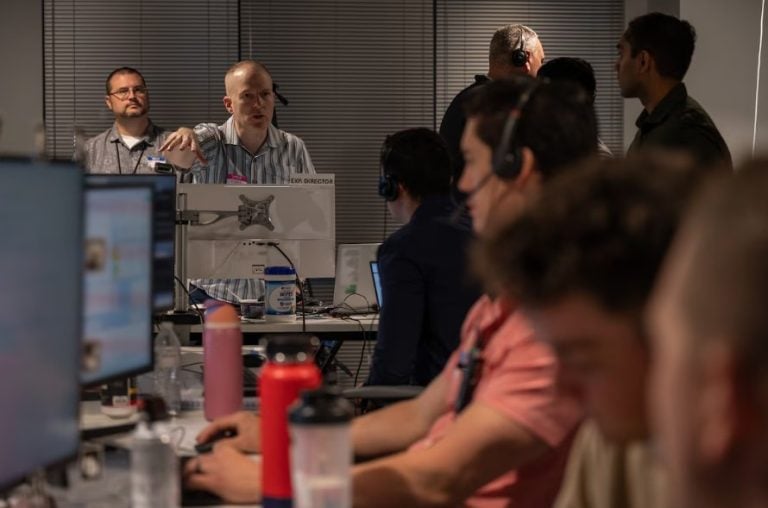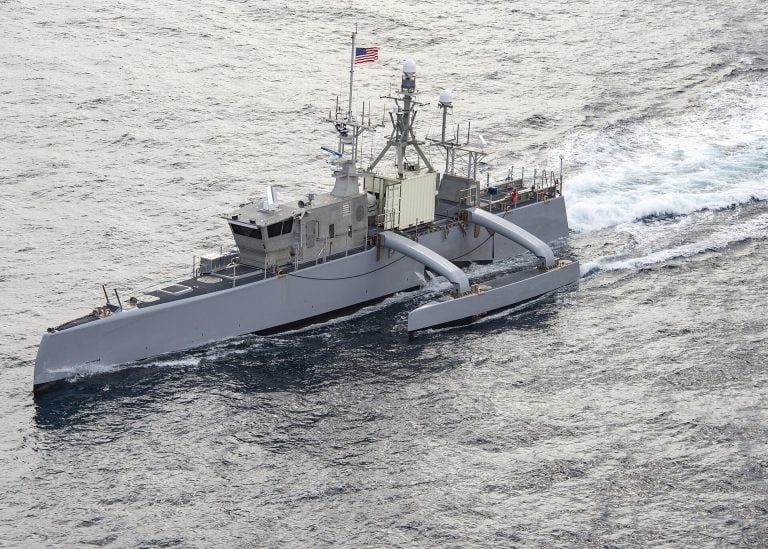The U.S. Army is facing challenges in its efforts to ramp up artillery munition production, particularly for 155-millimeter howitzer shells, with a target of producing more than a million rounds next year in response to increased global demand driven by the ongoing conflict in Ukraine. According to officials, the Army’s current monthly production is approximately 40,000 rounds, which falls short of its ambitious goals established in early 2024.
These goals included ramping up to 60,000 rounds by October 2024, 75,000 by April 2025, and ultimately reaching 100,000 by October 2025. Although the current output represents a significant increase from the pre-Ukraine conflict production rate of 14,500 rounds, the gap between current production levels and the Army’s targets remains a concern.
Maj. Gen. John Reim, who heads the Army’s Joint Armaments and Ammunition Office, cited the scale of investment and the speed required for the increased production as key factors in the delay. Reim explained that various production investments are only now beginning to take effect, despite substantial funding of almost $5 billion allocated for supplemental resources and infrastructure development.
The 155-millimeter shells are critical for the Army to effectively engage and neutralize threats on the battlefield. In an interview, Reim mentioned, “Several of the investments that we made are just coming online now, a little later than we had hoped, but these were big bets, and we were given the mission to go fast.” He emphasized that while risks were taken in these investments, the Army is committed to overcoming the current production challenges.
To meet the increasing demand, the Army is planning the construction of new manufacturing facilities in North America, while also renovating and reopening older plants that are currently out of operation. The existing production facilities in Texas, Canada, and Arkansas will be complemented by a new plant slated to open in Kansas later this year. Collectively, the Army expects these facilities to exceed the 100,000-round monthly goal by early 2026.
Reim drew parallels between this modern production effort and the industrial mobilization during World War II, acknowledging that the historical nature of this initiative comes with its own set of challenges. These include the reopening of aging production lines and sourcing critical materials, like TNT, which has not been produced domestically since the 1980s.
Reim stated, “We’re literally making history, and that we’ve not seen this level of investment in our industrial base since World War II.” He expressed optimism about learning valuable lessons from the situation in Ukraine, emphasizing the importance of adapting swiftly rather than experiencing the consequences when American lives are at stake.















